
The Champions was always more of an outline than an idea. The chaotic 1970s superhero team that somehow featured Black Widow, Ghost Rider, and Hercules (among others) began as what one very famous comics editor calls “the most ridiculous conceptless team in Marvel history.”
Forty years later, the series was ripe for a reboot. But rather than reuniting the incongruous old team, Marvel reimagined the Champions as a group of disillusioned teenage superheroes who split off from the Avengers. Since then, the comic has been through three iterations, countless adventures, and plenty of controversy.
But what is the legacy of Champions? For Inverse’s 2023 Superhero Issue, we caught up with legendary Marvel Comics editor Tom Brevoort, along with all three writers who’ve helmed the series so far, to tell the definitive story of this brash comic, from its unlikely beginnings to where the team may be headed next.
1975-2016: Re-Creating the Champions
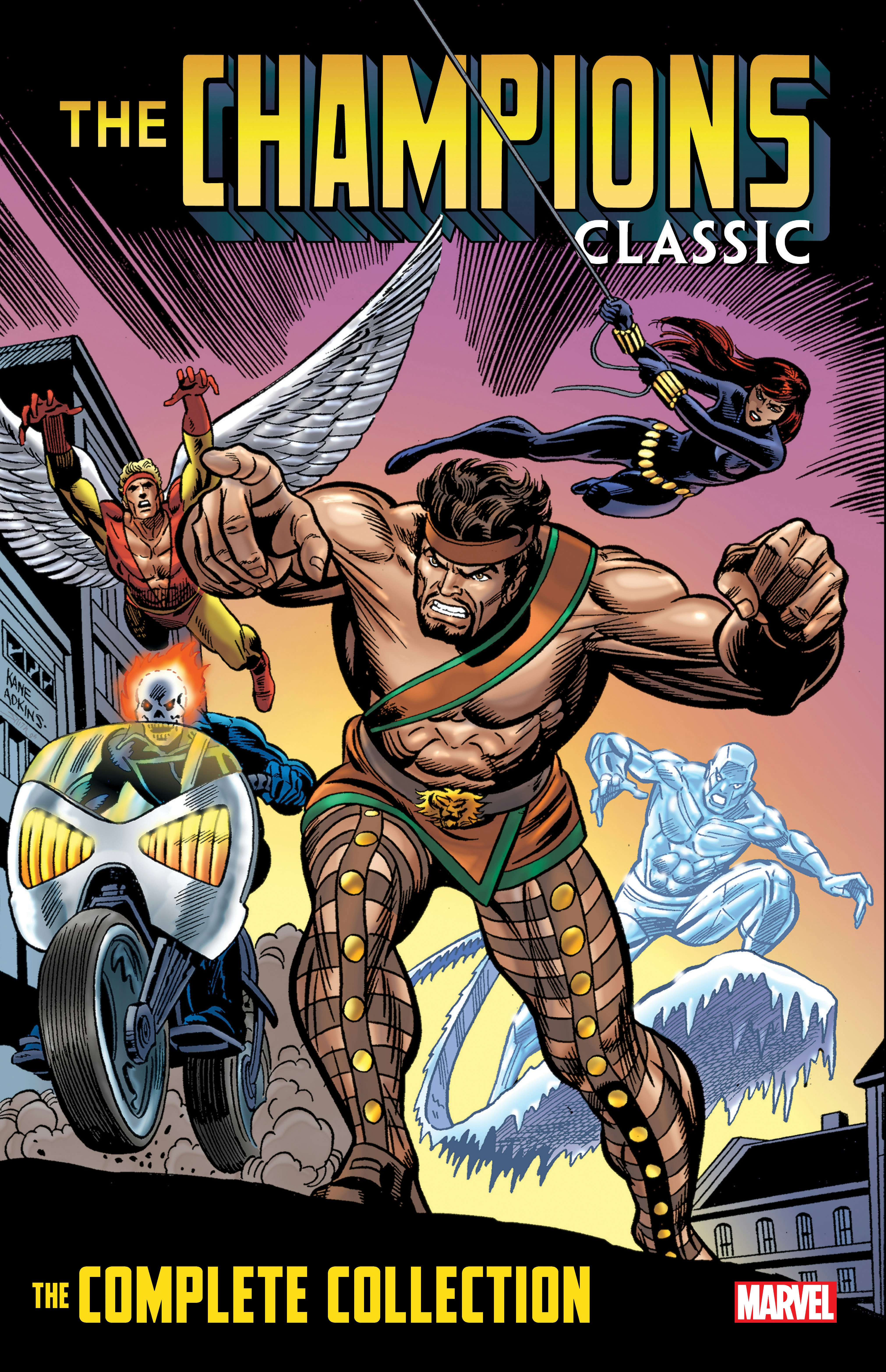
After letting the “Champions” copyright lapse in the ’80s — and losing the name to rival publisher Heroic Publishing — Marvel suddenly regained the rights in the mid-2010s. Almost immediately, the pressure was on to reboot the team. Unfortunately, there was a catch: Relaunching the Champions would mean tearing apart another iconic superhero team.
“That screwed up our Avengers book in a pretty big way,” longtime Marvel Comics editor Tom Brevoort tells Inverse. “If I’m speaking plainly, this was not a welcome thing necessarily from my point of view.”
“Champions is actually a better book in the end than New Avengers.”
At the time, veteran comics writer Mark Waid was helming New Avengers, which had recently added Spider-Man (Miles Morales), Ms. Marvel (Kamala Khan), and Nova (Sam Alexander) to the team. When Marvel decided to relaunch the Champions, it meant splitting up this Avengers configuration. For Brevoort, it only seemed fair that Waid should get to write the new team.
“I was defensive,” the editor says. “If we’re going to blow up Mark’s book, then Mark should be the one doing the thing that blows it up.
“It doesn’t hurt that Mark is good at writing that type of character to begin with,” he adds. “And I think Champions is actually a better book in the end than New Avengers.”

So Miles, Kamala, and Sam departed from the Avengers. But three superheroes does not a team make. Waid set out to expand the roster.
“You need a strong guy,” Waid tells Inverse. “So that gave us the Hulk.” (The new Hulk, aka Amadeus Cho, to be exact.)
The Champions also needed an “impassive observer” in the mold of Vision. “We joked about the Vision so much that we realized the answer was sitting right in front of us with Viv [Vision’s android daughter], who had just graduated from that excellent Tom King series.”
“Cyclops haters can eat it.”
Finally, there’s the X-Men’s golden boy, Cyclops. But not just any Cyclops. Thanks to the work of Waid’s colleague Brian Michael Bendis, teenage versions of the X-Men had been transported into the present-day Marvel timeline. This allowed a young Scott Summers to slot right in with the rest of his youthful compatriots — even if he wasn’t the most popular choice.
“Cyclops was there because I just forced him in,” Waid admits. “Cyclops was there because I shoehorned him. I always loved Cyclops. He’s my favorite X-Man. Cyclops haters can eat it. He is the brains of the outfit. He is the stoic outsider with whom I always identified as a kid.”

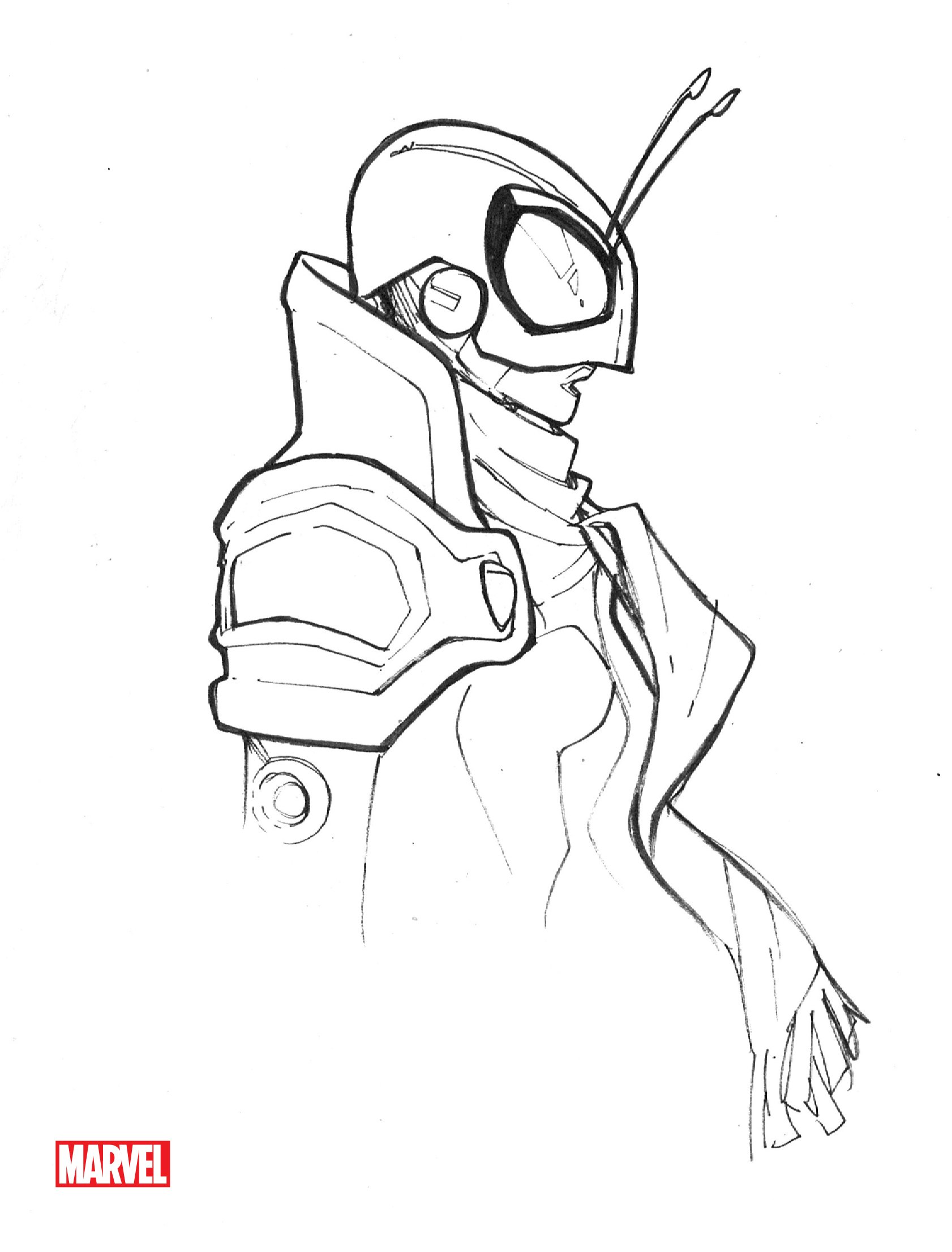
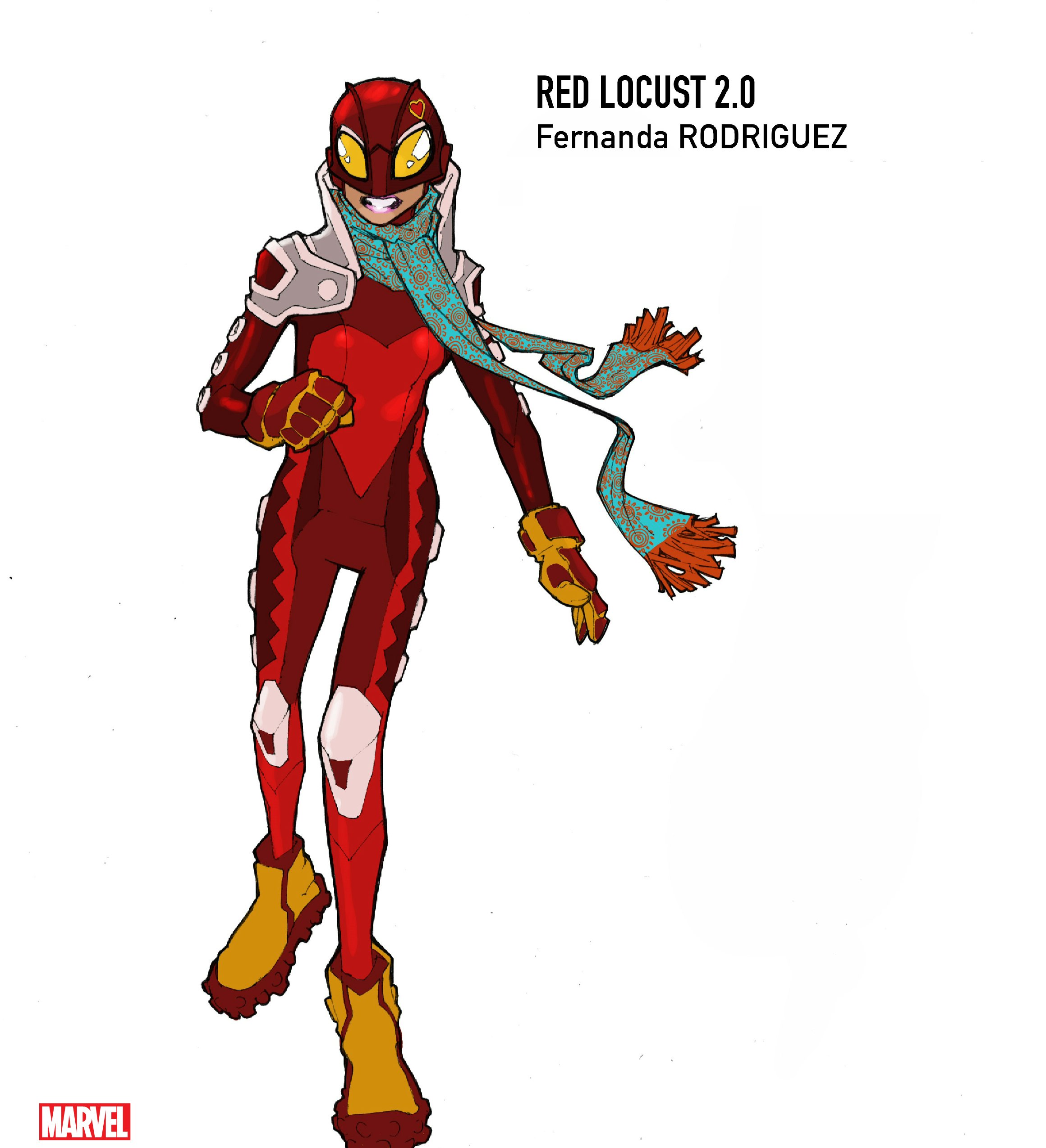
The only missing piece left was an artist, and Waid hit the jackpot with Humberto Ramos, whom he’d already worked with at DC.
“I don’t remember the point at which we got Humberto on board, but that lit me up like a Christmas tree,” Waid says. “Humberto knows to draw teenagers like teenagers, not like short adults. There’s something sort of gangly and awkward about these characters that fits very much with a teenage look. It sets them apart visually from your standard superhero team.”
Despite being born out of an epic, crossover event, the Champions’ first adventures were surprisingly grounded. Their earliest missions included fighting against gender apartheid in the Middle East and taking on a racist American sheriff.
“We wanted these kids to see themselves as agents of change,” Waid says. “There were plenty of other super groups out there whose job was to fight the Toad and Mr. Hyde and Magneto. We wanted them to have a distinct goal, and social change was right there in front of us.”
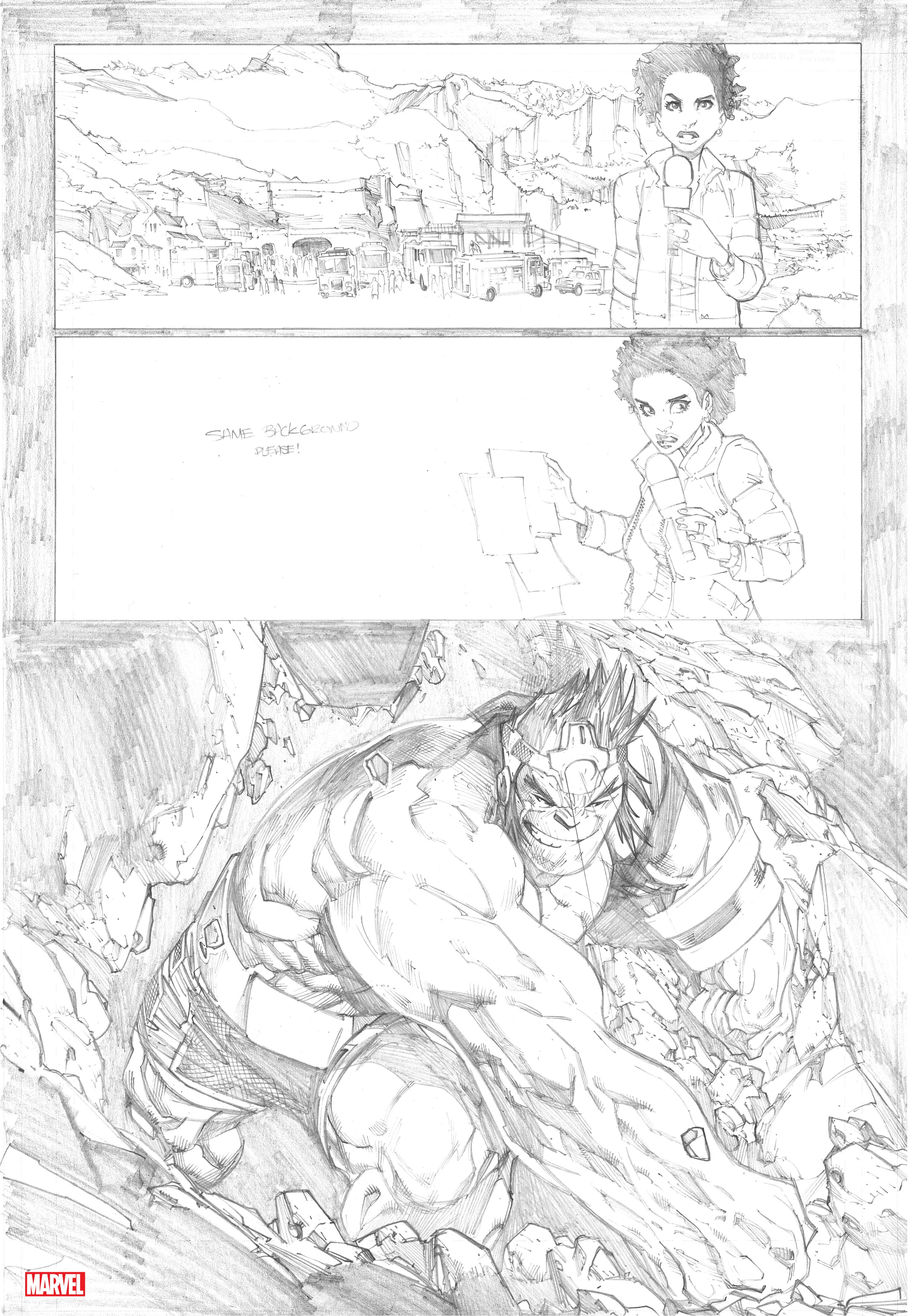

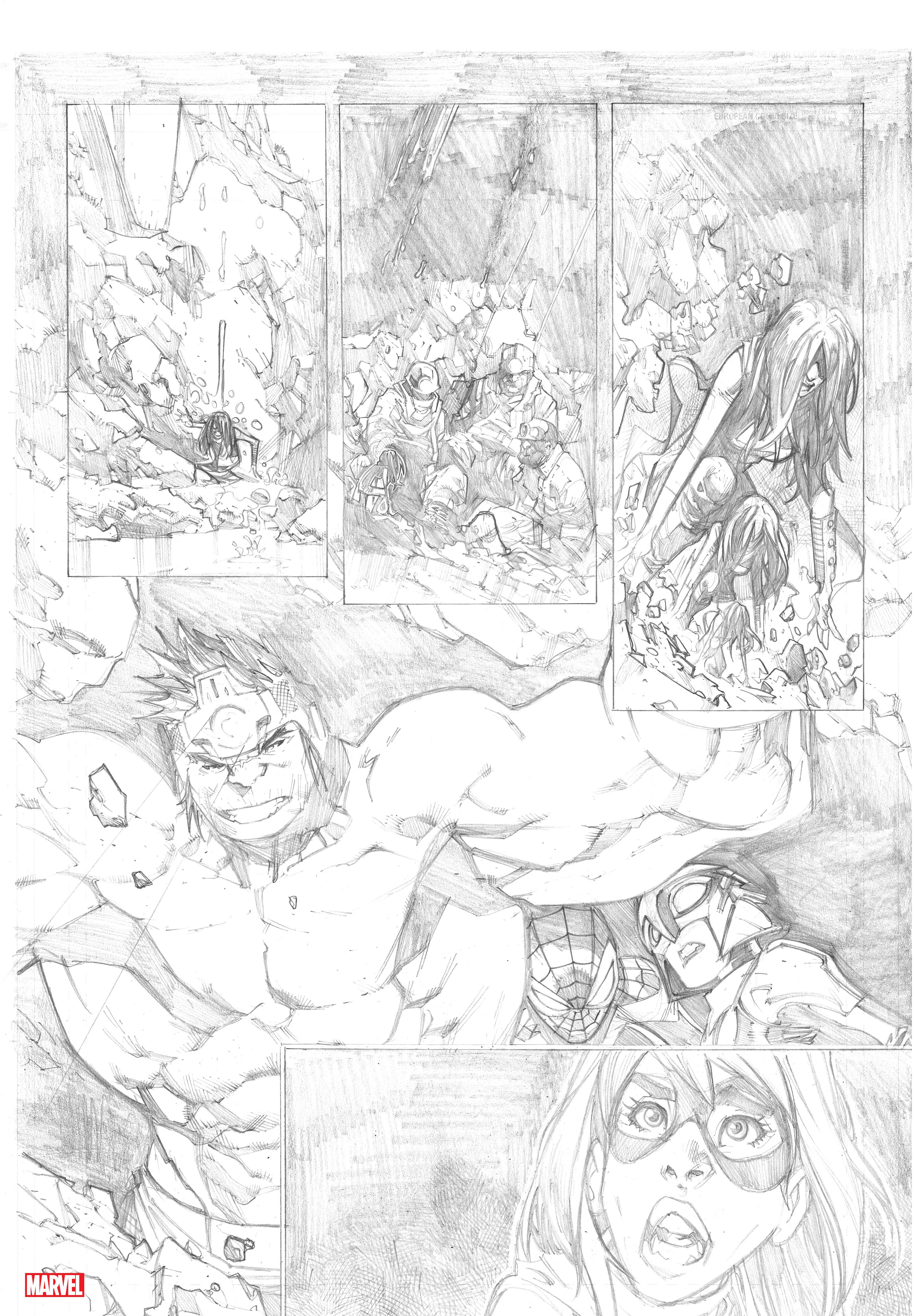

While Champions couldn’t call out any real-life villains by name, it’s impossible to ignore the impact current events had on the comic.
“Right in the middle of issue four, there was a presidential election and the whole tenor of the country changed,” Brevoort says. “Suddenly, the back half of issue four is completely different from what would’ve been there. The landscape was just shifting.”
“When I saw news stories about cops running out of control, that played into it,” Waid adds. “Blatant racism, blatant sexism, that stuff played into it as well.”
“Blatant racism, blatant sexism, that stuff played into it as well.”
Perhaps the biggest challenge, however, was in capturing the voice of Kamala Khan. Waid was one of the first writers to take over the character from original creator G. Willow Wilson, and his goal was to stick as closely to Wilson’s vision as possible.
“I desperately wanted to capture that character’s voice,” he says. “It’s always challenging to write characters who are radically different than you are, and clearly a white male in his 50s and Kamala don’t have a whole lot in common.” Waid faced some criticism on social media, but he says that receiving Wilson’s blessing more than makes up for it. “You can give me a hundred comments like that, but if I turn to Willow Wilson and she says, ‘No, you did a great job,’ that means a lot more to me than a hundred angry comments on Twitter.”
Ultimately, Waid’s run came to an end for a very simple reason. “Humberto wanted to move on to something else, and I saw no reason to continue without him,” he says. But the story of the Champions wasn’t over. Not by a long shot.
2019: A Deal with the Devil

With Waid and Ramos on the way out, Champions needed a new creative team — and a new vision. Enter Jim Zub, who took on writing duties alongside artist Steven Cummings.
“From what I heard, they liked the inner character drama that I was doing in my series Wayward, at Image, which was all with teenagers and dramatic action,” Zub tells Inverse. “They felt I could bring some of those qualities over to Champions. Pretty quickly, we ramped up from there, looking at where the series was going to be leaving off with Mark’s run and then me grabbing the baton and sprinting forward.”
After a brief stint in the last few issues of the previous volume, complete with the introduction of a new character — the animal-shapeshifting Inuk teenager Snowguard — the Champions were certainly embiggened for their 2019 relaunch. What started as a ragtag group of friends taking on small missions became an international movement. In the very first mission, three different satellite teams are on three different missions concurrently.
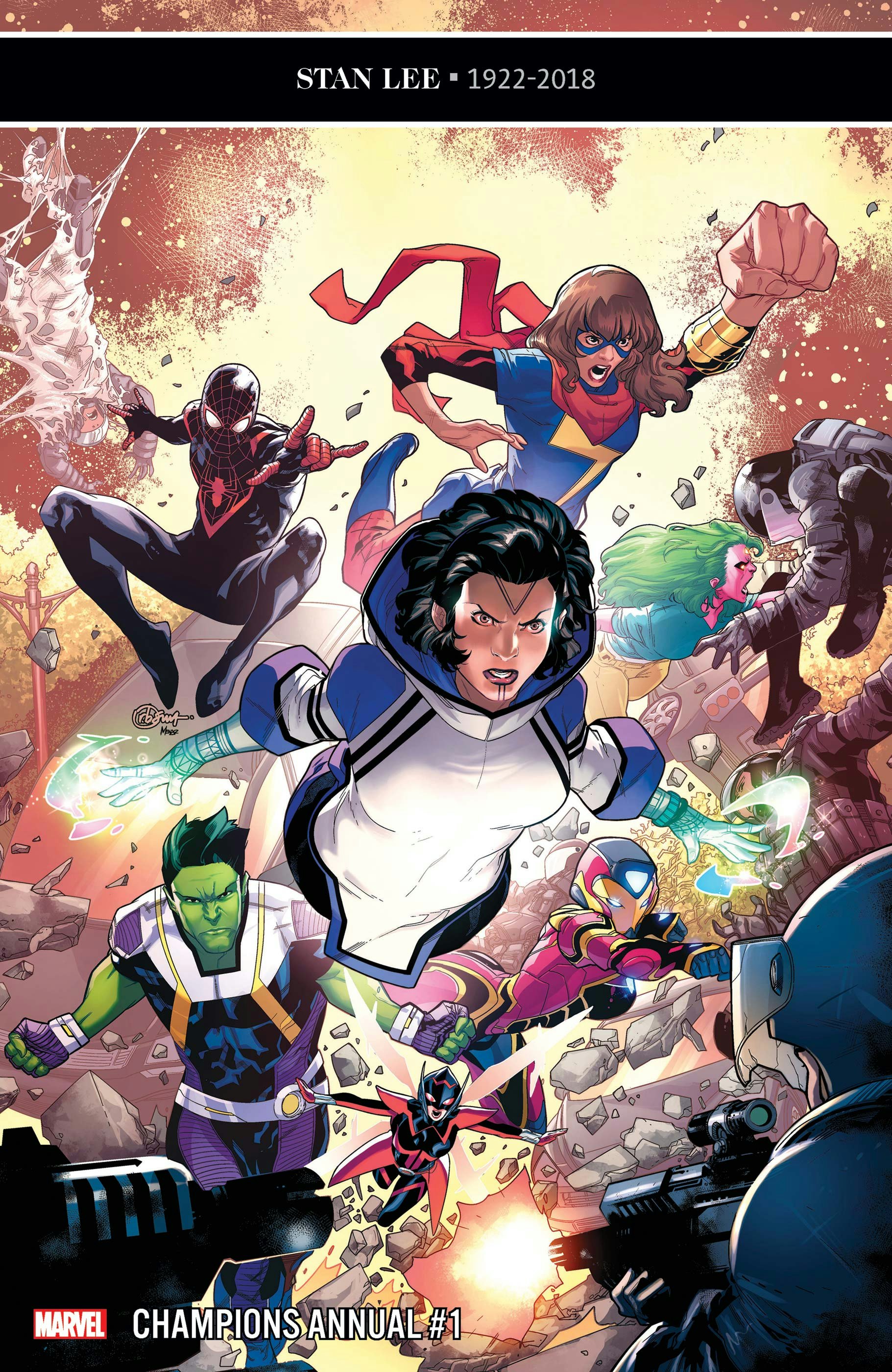
For Zub, cramming the new comic full of superheroes felt like a necessary choice given Marvel’s slate at the time.
“There was no New Mutants book, there was no other teen book running at Marvel, so I felt a responsibility to make Champions where they all could land at some point or another,” he says.
Marvel Comics editor Tom Breevort was a bit more wary.
“I was a little hesitant and a little ambivalent, but I let him have his way because I want him to tell stories that he cares about,” Breevort says. “Suddenly, it felt like everybody in the world was part of the Champions. Some of those characters played more of an important and active role than others.”

In one of those first three missions, Miles Morales watches Kamala and Viv die and is suddenly visited by one of the most notorious villains in Marvel history: Mephisto (Marvel’s equivalent of the devil). Mephisto offers Miles the chance to undo the past and save his friends, and without thinking, Miles takes it. What follows is brutal as Miles reckons with the responsibility and an innocent life lost because of his choice.
Zub cites the 1980s Teen Titans comics from Marv Wolfman and George Perez as inspiration for this big swing. That comic treated its teenaged heroes not as kiddie versions of the main heroes, but as fully formed characters that could be killed off at any moment.
“One of my mandates early on was to amp up that character drama, to amp up those stakes, and to put those characters through the wringer and show you that they were going to have those hardships, that you weren’t sure from month to month that they were going to pull through this stuff unscathed,” he says.
“These characters are bigger than you and they’re bigger than me.”
When characters go through hell, it can occasionally come off as cruel, and fans would ask Zub why he hated certain Champions so much. “I love all these characters. If I didn’t like them, you’d know because I wouldn’t do anything with them. I would just sideline them,” he says.
But even Zub doubted putting Miles through psychological torment, and it didn’t help that the character was in the midst of a huge renaissance thanks to the release of Into the Spider-Verse.
“I walked out of the theater walking on air,” Zub says. “Then, I got this deep burning, black stomach-gripping guilt because all these kids were going to be discovering Miles and loving this character. If they picked up Champions, I was just going to literally have him tempted by the devil and destroyed.”
It shook him so hard he ended up calling up Miles Morales’ creator, Brian Michael Bendis, who offered one piece of advice: “These characters are bigger than you and they’re bigger than me. If it’s a good story, it will be a good story now and it’ll be a good story in the future. That’s all that matters,” Zub recalls Bendis saying.
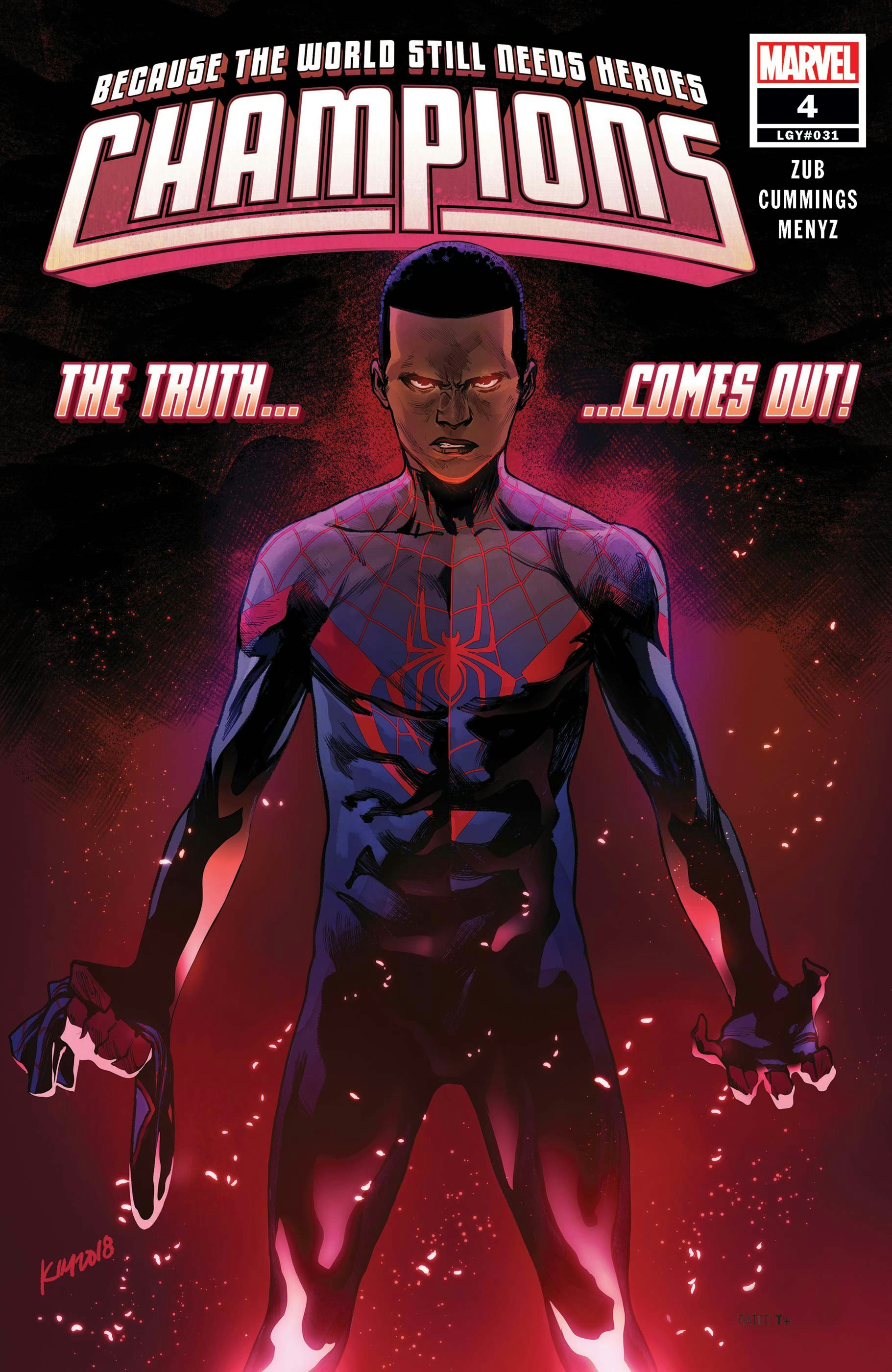
Zub’s run on Champions ended earlier than expected. In July 2019, he announced on his blog the series would conclude after 10 issues.
“I took a risk with the book and it didn’t click the way we hoped, so my long-term plans for the series have been cut short. That’s the way it goes sometimes,” he wrote. “It hurts. Dressing that up any other way would be disingenuous. I wish it had worked out. I’m sorry I let you down.”
Today, he’s still grateful for the time he spent with the characters. “All told, I think with the Annual and with the Infinity issues, I did 22, maybe 23 issues of Champions,” he said, “and I could have easily done a ton more.”
Thankfully for the Champions, this wasn’t the end of the road, but the teenage team would have plenty more obstacles to overcome — from a global pandemic to a real-world insurrection — when they returned in 2021.
2020-2021: Life Imitates Art
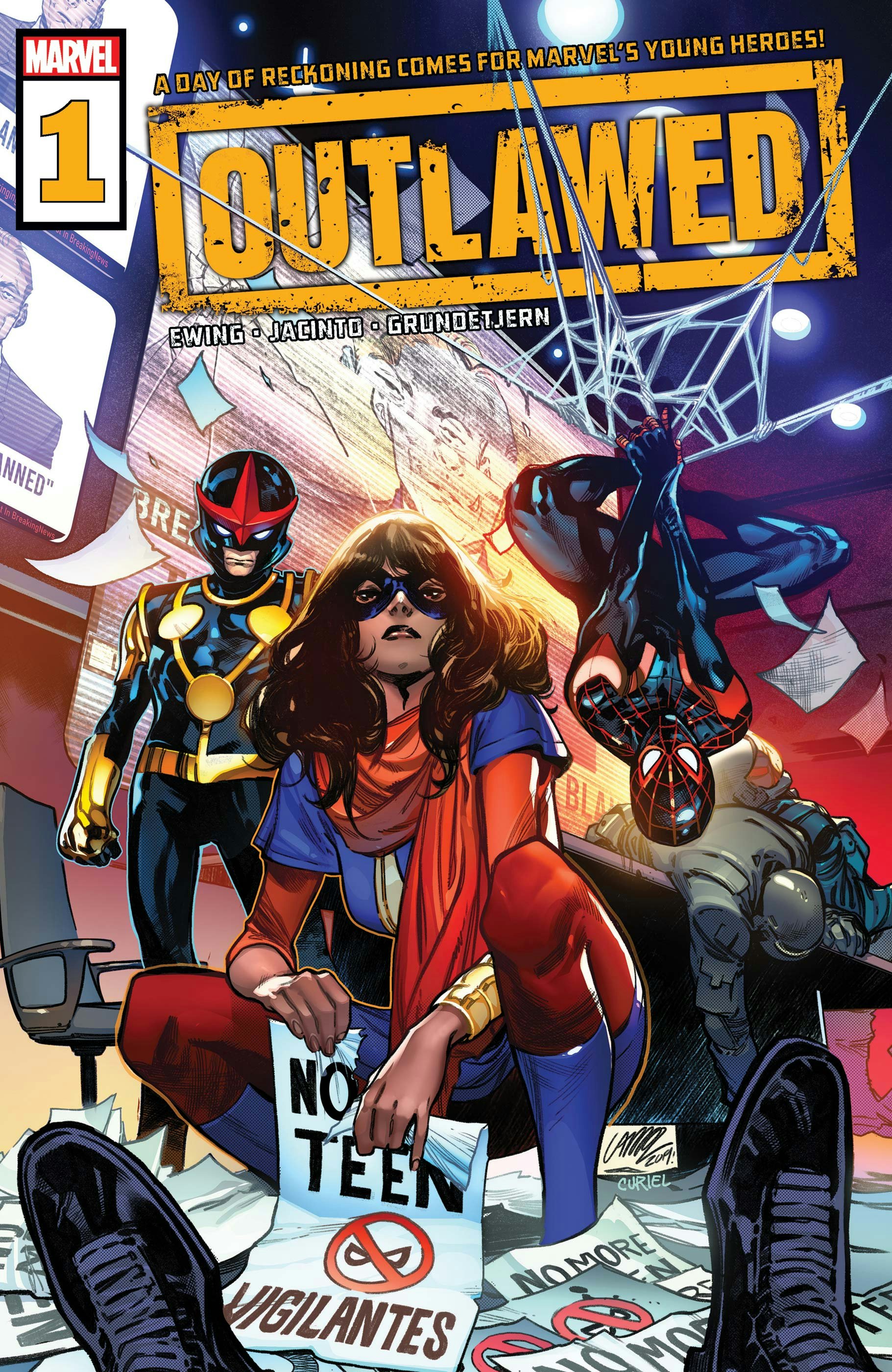
At the start of the decade, the Champions were in disarray. It was in this environment that Marvel plotted the team’s boldest adventure yet, putting the young heroes at the center of a major crossover event. Then, fate intervened.
Eve Ewing was hard at work on the next iteration of Champions in March 2020 when she spotted a disconcerting tweet from her predecessor, Jim Zub.
“I saw Jim tweet something like, ‘Well, I just got that email. Pencils down.’ And I was just like, Dang,” Ewing tells Inverse.
“Outlawed kind of got screwed by the pandemic honestly.”
After writing Ironheart, Ewing was offered the chance to reboot Champions, starting with the one-shot Outlawed, in which the U.S. government passes a law effectively making it illegal for teenagers to be superheroes.
“It’s sort of a ridiculous idea that if you’re under 21, it’s illegal for you to be a superhero,” Brevoort says. “It’s not like when you’re over 21, it’s legal to be a superhero.”
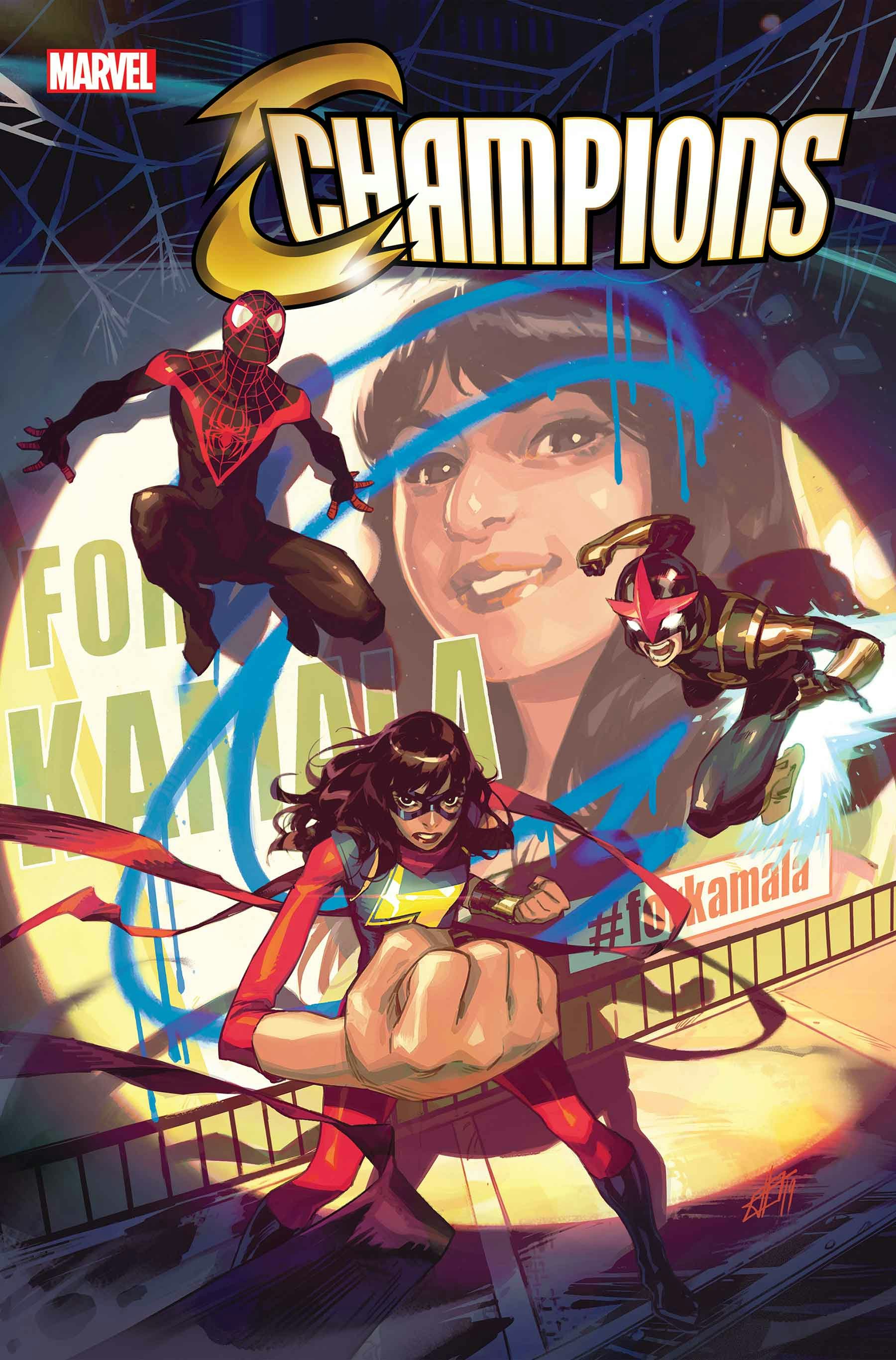
Outlawed was intended to spark a major crossover event across the Marvel universe, but the project was scaled back due to the pandemic. The comic was released digitally on May 13, 2020, and Champions returned that October.
“Outlawed kind of got screwed by the pandemic honestly,” Brevoort says. “A bunch of the things that were going to tie in had to fall away.”
But the Champions run that resulted was still pretty damn good, thanks largely to Ewing’s unique take. As a former middle-school teacher and current professor of sociology, the Marvel writer brought her own insights to the superhero team.
“Questions about young people and their autonomy are really interesting to me,” she says, “as well as the idea of just and unjust laws.”
“We can’t have the Champions storming the capitol.”
Like before, social issues ripped from the headlines informed the plot of Ewing’s Champions run, even as the plotlines became bigger and bolder. But in this case, life also found a way to imitate art as the 2020 pandemic gave way to the historic Black Lives Matter movement that summer.
“There were a lot of protest scenes in the series,” Ewing says, “Those were things I had already plotted out, but then all of a sudden young people are really protesting in the streets. That was a little uncanny but not unexpected. The social issues that I’m interested in writing about are always kind of recurring.”

The uncanny similarities really came to a head, however, in the final pages of the series. In Ewing’s story, Ms. Marvel and the rest of the Champions ultimately confront a corrupt member of Congress in Washington, D.C. “There’s this groundswell of support and all the people that love the Champions show up at the Capitol.”
Ewing still remembers the day she got the art for those last few pages.
“On January 6, I sent an email saying, ‘Wow, what a great issue. Colors turned out amazing.’” Then, the news broke of a real-life insurrection at the Capitol. “My memory of it is having the TV on here and looking at my computer here and being like, Oh, we cannot do this. We can’t have the Champions storming the capitol. This is really bad.”
Marvel quickly pivoted, but Ewing says the final art isn’t quite as impactful as it could have been.
“So now the ending sort of doesn’t make sense because Kamala just confronts a Congress person in a nondescript, unnamed government. And then the ending plays out.”
After Ewing’s story concluded, Champions continued for five additional issues with a story written by Antonio Infante titled “Killer App” that pits the teenage superheroes against the evil Roxxon corporation. But since then, we haven’t heard much from the team. So what’s next for the Champions?
The Future of the Champions
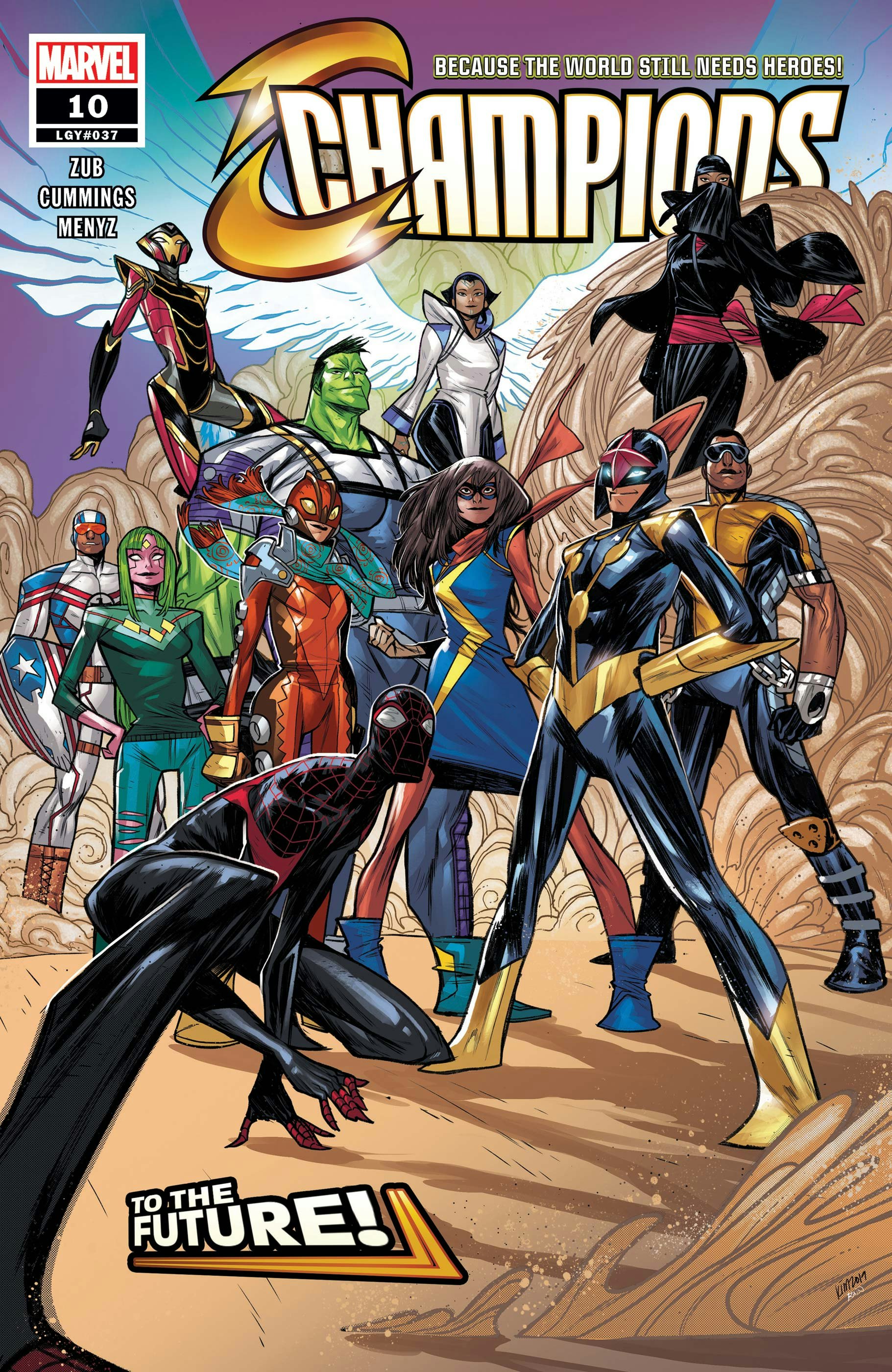
As of 2023, there are no official plans for the future of Champions, but it seems inevitable that the series will return again, in one form or another.
“The world always needs champions,” Ewing says, adding that the team’s flexibility makes a relaunch more likely than not. “They have such a sprawling team that can grow and contract and look different and have different leaders. They can be global or local. The container of the Champions is expansive enough to hold lots of different versions of this story.”
Tom Brevoort agrees, though his definition of the team seems even broader.
“I think it’s inevitable that we’ll do something with the Champions again, whether it’s exactly the same or not,” Brevoort says. “Our head of sales, David Gabriel, is a big fan of the Champions of the ’70s. He was a kid growing up reading that book when it ran for 17 issues with Angel and Iceman and Hercules and the Black Widow and Ghost Rider.”
“I think a Champions movie would be cool.”
Over the past few years, the Marvel Cinematic Universe has introduced a handful of teenage superheroes (including Kamala Khan), who could ostensibly team up to become the Champions. But is that what Marvel has planned? While everyone Inverse spoke to made it clear those types of decisions are out of their hands, the consensus seems to be that a Champions-esque MCU project is in the works, even if it arrives under a different title.
“Oh my God, yes, absolutely,” Champions co-creator Mark Waid says when asked if the team should get the live-action treatment. “It’s tailor-made for something like that. All of those characters are vital and rich enough to make for interesting television or movies.”
Brevoort agrees, but if Marvel Studios decides to do a teenage superhero team-up, he’s not so certain it’ll be called Champions.
“I think a Champions movie would be cool,” he says. “But I don’t know that there’s enough space for Young Avengers and the Champions. After four enormously huge Avengers movies, I would bet heavier on Young Avengers as being that name. But you never know.”




!["[T]he First and Fifth Amendments Require ICE to Provide Information About the Whereabouts of a Detained Person"](https://images.inkl.com/s3/publisher/cover/212/reason-cover.png?w=600)


